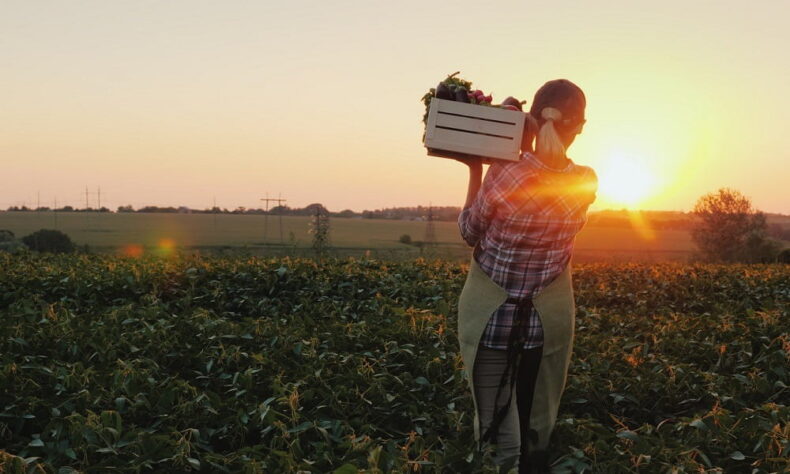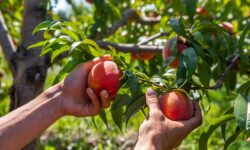Extreme weather throughout the year will cause a shortage of stone fruit in BC: We…
As Canadians, the amount of time we spend preparing and eating food has drastically declined (1). From 1934-2010, the average time a person spends cooking has dropped from roughly 2.5 hours to close to 8 minutes (2). This trend has partially been the result of positive social changes, such as the changing role of women in the household and technological advances. However, some groups are also seeing the negative consequences. One such group, the Slow Food Movement, was formed in 1989 during the early rise of the fast food and globalized food system era. Their mission: to “combat people’s dwindling interest in the food they eat, where it comes from and how our food choices affect the world around [them]” (3). Today, the Slow Food Movement still shares many valuable lessons worth sharing about how “slow food” can benefit our health, environment and overall well being.
What is this movement about?
The movement can be simplified into three main areas of focus:
1) Education of taste
The Slow Food Movement seeks to maintain the survival of local, unique flavours and cooking methods “…from the flood of industrial uniformity” (4). This objective is important to our health because traditional dishes are much less likely to contain unhealthy additives, like preservatives, than food that is produced for quick consumption. Eating local also has a magnitude of other benefits that go beyond just supporting a healthy diet. Read our recent blog post about it!
2) Defending the right to material pleasure and conviviality
Instead of speed and convenience, the Slow Food Movement puts an emphasis on “…conscious enjoyment of food and drink” (6). By prioritizing eating as an activity worth your time, such as by preparing a sit down meal with company, you can easily teach lessons and inspire healthy choices. For example, research shows that “children who eat regular meals with nutritional role models tend to choose better food when out on their own” (7).
3) Preserving the survival of endangered agricultural products and practices
The motto of the Slow Food Movement today is ‘’Good, Clean and Fair’. Good is in reference to the first objective discussed earlier, however Clean and Fair relate less to the consumer and more to the impact food has on producers and the planet. ‘Clean’ represents a food system that aims to “reduce or eliminate chemicals and environmental damage” and Fair stands for a food system that treats workers fairly (8). This is an easy but valuable motto to live by for anyone looking for direction in how to eat more sustainably!
Join the Movement
Shopping with Spud makes it easy to join the Slow Food Movement. By having sustainable groceries delivered right to your door, you can use that saved time to cook and share more meals with loved ones. Check out our blog for endless recipes to explore!
Sources
- 1) Patel, Raj. Stuffed And Starved : the Hidden Battle for the World Food System. Brooklyn, N.Y. :Melville House Pub., 2007.
- 2) Ibid.
- 3) Slow Food International. About Us. https://www.slowfood.com/about-us/
- 4) Pietrykowski, Bruce. “You are what you eat: The social economy of the slow food movement.” Review of social economy 62.3 (2004): 307-321.
- 5) Ibid.
- 6) Patel, Raj. Stuffed And Starved : the Hidden Battle for the World Food System. Brooklyn, N.Y. :Melville House Pub., 2007.
- 7) Slow Food International. About Us. https://www.slowfood.com/about-us/.
- 8) Valeria Siniscalchi. Environment, regulation and the moral economy of food in the Slow Food movement. file://trappfs.intspud.com/FRShare$/michellea/Downloads/21768-41400-1-PB.pd.




